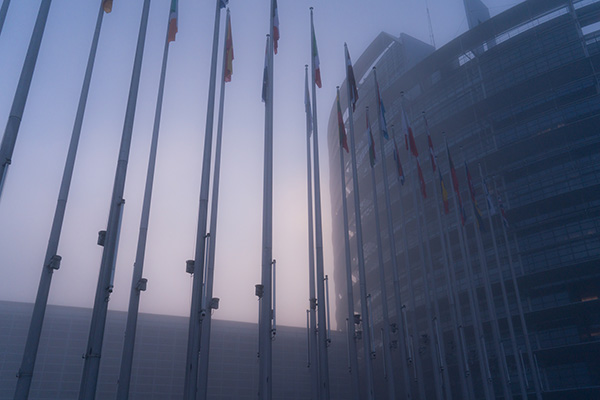Introduction
In 2008 I published a paper on ‘EU scenarios for 2017’ (Estella, 2008). It was written over the course of 2007, discussed in different economic, legal and political circuits, and finally published by the Elcano Royal Institute a year later. The report was motivated by the discussion on the future of the EU that started that year with the establishment by the European Council of 14 December 2007 of the so-called ‘González’ reflection group. The group, chaired by the former Spanish Prime Minister Felipe González, started work at the beginning of 2008 and delivered its final report in 2010 (European Council, 2010). The aim of my 2008 report was to try to ascertain where the EU would be in 2017, and why it would be there.
The object of this working paper is to make exactly the same exercise that I did 10 years ago and make a projection on what the future of the EU will be in the coming 10 years, that is, in 2027. As in 2007, this kind of exercise is prompted, first and foremost, by a prior move by the EU’s institutions, which began the same debate in March 2017. In the European Commission’s White Paper titled ‘Reflections and scenarios for the EU27 by 2025’, it reflects on the different scenarios in which the EU could be in 2025. For reasons of symmetry with my 2008 paper, I have added two more years to my own analysis: peu importe. The results will not be dramatically modified by the addition, since we are looking at the structural trends that are impacting upon the EU’s fate.
This paper is written at a very critical time for the EU. Among other issues, the European project is just starting to overcome the most serious economic crisis that Europe and the world have seen since the 1929 crash: the financial crisis that began in 2008, which impacted the EU very severely. The EU is also currently suffering from the stress caused by Brexit, which will have, as this paper will argue, unprecedented consequences for the future of the European project. And finally, the Union is troubled as a result of the regionalist movements that some Member States, notably Spain, are witnessing at the time of writing. As Louis Armstrong song aptly claims: ‘so little time, so much to do’. However, in these distressed times for the European project, it seems more appropriate than ever to discuss in public what its future will be (see Closa & Molina, 2018).
Antonio Estella
Jean Monnet Professor of Law and European Economic Governance, Universidad Carlos III, Madrid | @antonioestella



